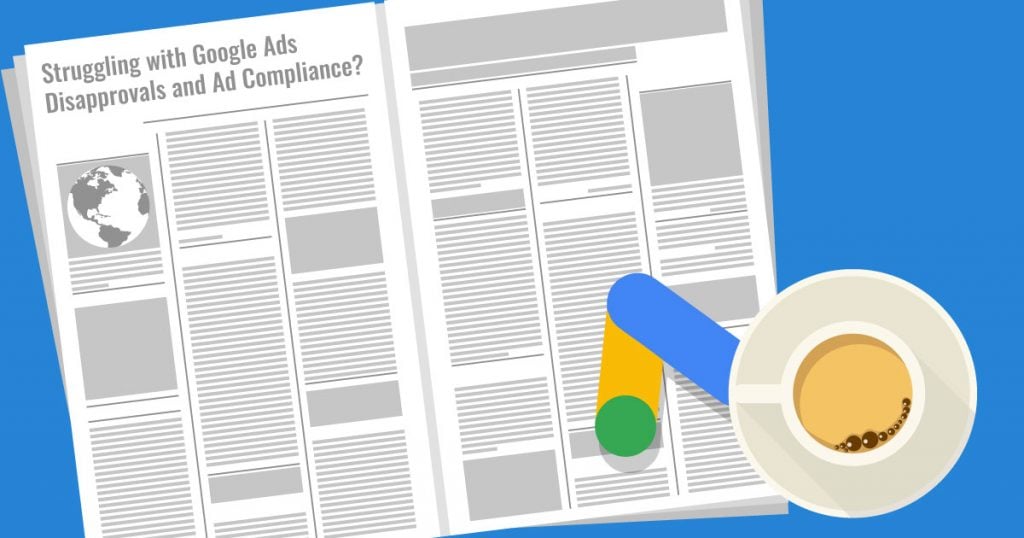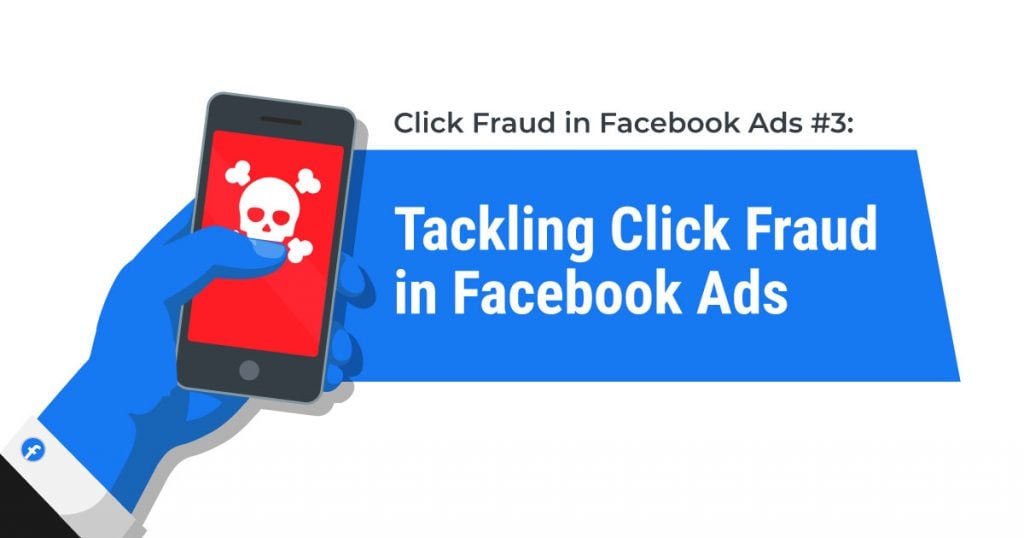When we think about ad spend, we often associate it with an increase in potential returns, not wastefulness. However, the truth is that there are many ways in which suboptimal ad spend results in waste. Identifying wasted ad spend allows you to rethink strategies where necessary and take advantage of increased accuracy for ROAS (Return on Ad Spend) data.
In this article, we will discuss the top 11 causes of wasted ad spend to help you identify whether your business receives maximum returns on PPC marketing campaigns. But before we get into the top reasons for wasted ad spend, let’s clear up some concepts.
What is Wasted Ad Spend?
Wasted ad spend refers to money spent on marketing campaigns that do not result in generated profit for your business. Wasted ad spend does not affect only a specific marketing sector and can occur within digital and traditional marketing campaigns. However, it’s worth noting that wasted ad spend is generally more applicable in PPC campaigns.
An example of wasted spend would be spending $2000 on an ad campaign to promote your latest holiday sales. Your data later shows that only 42% of people clicked through to your page to see your sales. This metric means that 58% of people did not click through to your page, and therefore do not even know about your sales. You ultimately see that your ad expenses exceed your profit for said campaign, resulting in wasted spend.
The simplest way to consider this is: if your profit from a marketing campaign is less than the expenses for that campaign, you experienced wasted spend.
How Can You Combat Wasted Ads Spend
You cannot rid your business of wasted ad spend with a simple press of a button or quick advertising budget cut. The best way to combat wasted ad spend is to identify the source of the waste. Once you identify the source, you can take relevant steps to resolve the problem. There are many sources for wasted ad spend, and the approach to resolving your waste differs with each.
What Are the 11 Top Causes for Wasted Ad Spend?
Getting ahead of wasted ad spend starts with identifying the source of the problem. Below we have compiled a list of 11 top causes for waste spend, why it’s a problem, and how you can address each.
Poorly Crafted Ad Copy
Poor ad copy creates more than readability problems for your marketing. Poor ad copy can result in underperforming click-through rates due to messages not resonating properly with your audience. Additionally, having campaigns that are too like your competitors means you have a harder time standing out above the competition. Last, poor ad copy can also mean implementing messages that lack relevance to your target market, resulting in bad ROAS, and a decrease in Google Ads Quality Scores.
How to fix poorly crafted ad copy: always focus on keeping your ad copy relevant and your messaging concise so that your target market can immediately identify it as something for them. Keep your copy unique – or find a unique spin – so that your target market can remember it.
Poor Landing Page Design
There are millions of poorly designed landing pages, and they are often easy to spot. When a customer clicks on a link, the last thing they need is an overwhelming wall of text, excessively fast-moving images, and poor value proposition placement. Your campaigns might convert clicks, but that means little if your landing page scares customers away due to complexity or simply being a mess.
How to fix poor landing page design: reconsider your UX design by asking yourself some questions. What is the most essential information my clients want when arriving on your website? How can you display the most essential information with the least amount of clutter? If a client clicks through one of your ad links, they want to see the reason they clicked through in front of them.
Incorrect Bidding Strategies
Bidding strategies are how you tell Google which KPI to prioritize. You bid for individual keywords or ad groups relevant to your marketing campaigns. There are many different bidding strategies that fall under two categories: automatic bidding and manual bidding. Picking the wrong type for your marketing campaign can result in suboptimal returns, which ultimately wastes money.
How to fix incorrect bidding strategies: research the diverse types of bidding strategies and find which option best suits your type of campaign. Factors that you should consider include campaign goals and budget, your competition, and which ad platform you use.
Lack of Historical Performance Data Use
There is a reason data has become the most valuable commodity of the 21st century. Data is relevant for so many sectors of business, and it all mainly serves one purpose: to improve product and service delivery relevance to customers. You should keep every bit of information on historical ad spend – and specifically, the results of that ad spend – as it allows you to pinpoint where to improve.
How to fix a lack of historical performance data use: if you do not already have systems in place to capture your data for later review, doing so should be your first step. If you do have such systems in place, start reviewing your ad spend and revenue data when crafting new campaigns. Consider doubling down on strategies that yielded the best results and consider doing away with strategies that resulted in wasted spend.
Incorrectly Implemented Automated Campaigns
Automated campaign types like Google’s Performance Max can do wonders for your marketing. However, if you do not take the time to understand the system and set it up properly, you risk suboptimal returns. Wasted spend from poorly executed automated campaigns is even worse in a B2B environment where CPCs are more expensive.
How to fix incorrectly implemented automated campaigns: always consider automated tools as systems that require consistent guidance and monitoring. If you do not guide it away from the wrong results, it will keep delivering poor results. Make sure you check in on your automated tools regularly to monitor their performance and tweak it where necessary.
Uncover the top causes of wasted ad spend and take control of your campaigns. Sign up with ClickGUARD™ to prevent fake engagements, refine targeting, and maximize ROI. Start your free trial today and transform your PPC strategy for success!
Focusing on Leads Over Revenue
While MQLs (Marketing Qualified Leads) are always important, they should never become the focus over generating revenue. Getting MQLs is not synonymous with generating revenue, which means you could end up with marketing campaigns that find MQLs but never close.
How to fix focusing on leads over revenue: always make sure that your campaigns focus on revenue first. Getting MQLs is important, but it means little if it never results in revenue.
Unrefined Ad Audiences
You should always refine your campaigns with Google’s demographic exclusion tools. If you do not use these tools, you are widening the range of your campaigns to include demographics you are not trying to target. This lack of exclusion will result in your campaign casting a wider net so to speak, which could yield fewer returns than targeting more accurately.
How to fix unrefined ad audiences: always utilize demographic exclusion tools for your ads since they allow you to remove irrelevant demographics from your list of targets. Focus on the target market you want to sell to instead of casting a wider net that includes target markets you know might not buy your products.
Lack of Robust Conversion Tracking
Any PPC campaign should utilize the right conversion tracking tools to further optimize your campaign algorithms. If you put bad data into your algorithms, you cannot expect to get anything but bad results out of it.
How to fix a lack of robust conversion tracking: utilize powerful conversion tracking tools from ClickGUARD™ to improve the quality of your data. You can then feed this higher-quality data back into your algorithms to boost your results.
Not Updating Ad Creatives
You cannot keep taking the same approaches to advertising over and over, and you certainly cannot keep using the same ad creatives. Even if your ads work today, the conversion rates will start to decline in the future. If you do not have people working on new campaign ideas consistently, you can easily fall into the trap of keeping the same ads alive while returns decline.
How to fix not updating ad creatives: make sure you always have a team working on updating your ad creatives. Your audience will evolve, and it’s important to adapt and evolve alongside them if you want more than mediocre returns.
Fake Ad Engagements and Invalid Traffic
In 2022 alone, click fraud cost an estimated $44 billion. Additionally, an estimated 14% of all PPC clicks are estimated to be fraud. Fake clicks warp analytics, and if you then use that data in your future campaigns, you can expect warped results. Without implementing a reliable click fraud prevention system, you will experience click fraud on all your PPC campaigns.
How to fix fake ad engagements and invalid traffic: utilize a powerful click fraud prevention system like ClickGUARD™.
Not Investing Enough in Retargeting
Not investing in retargeting means you are effectively always looking for new customers, but not supporting existing MQLs. You should consider concentrating a substantial portion of your ad spend on retargeting MQLs since you know they already have an interest in your business. However, keep in mind that as mentioned above, never focus on MQLs over revenue.
How to fix not investing enough in retargeting: make sure you have a decent portion of your ad spend going towards retargeting MQLs. Retargeting increases branded search queries which have 100% higher conversion rates.
Start Preventing Wasted Ad Spend with ClickGUARD™
While there are various common causes for wasted ad spend, the reality remains that click fraud causes considerable damage to your campaigns. Click fraud leads to skewed data which can hamper future campaigns and can even increase your CPCs, resulting in reduced revenue.
With ClickGUARD™, a powerful click fraud prevention tool, you can protect your business’ CPCs and reach your intended targets with increased efficacy. Start your free ClickGUARD™ trial today and start integrating our leading click fraud prevention into your campaigns.
What are the causes of waste in advertising?
There are 11 top causes of wasted ad spend, including:
– Poor ad copy
– Poor landing page design -Incorrect bidding strategies
– Lack of historical performance data use
– Incorrectly set up automated campaigns
– Focusing on leads over revenue
– Unrefined ad audiences
– Lack of robust conversion tracking
– Not updating ad creatives
– Fake ad engagements and invalid traffic
– Not investing enough in retargeting
How much advertising spend is wasted?
An estimated $66 billion in ad spend is a direct result of ad fraud and click fraud. If your business is not utilizing click fraud prevention systems, you can count some of your ad spend among that number.
Why is ad spending declining?
One of the major reasons for ad spending declining currently is due to the decrease in ad-based revenue since the pandemic boom calmed down. During that time ad-based revenues saw all-time highs due to the number of people confined to their homes. This confinement led to massive surges in online activity for most, which resulted in more ad engagement.
Another reason ad spending declines is because businesses experience fewer returns than they expected and so view ad spending as ineffective. The reality is that any of the mentioned top 11 common reasons for wasted ad spend could be the culprit in their business.



